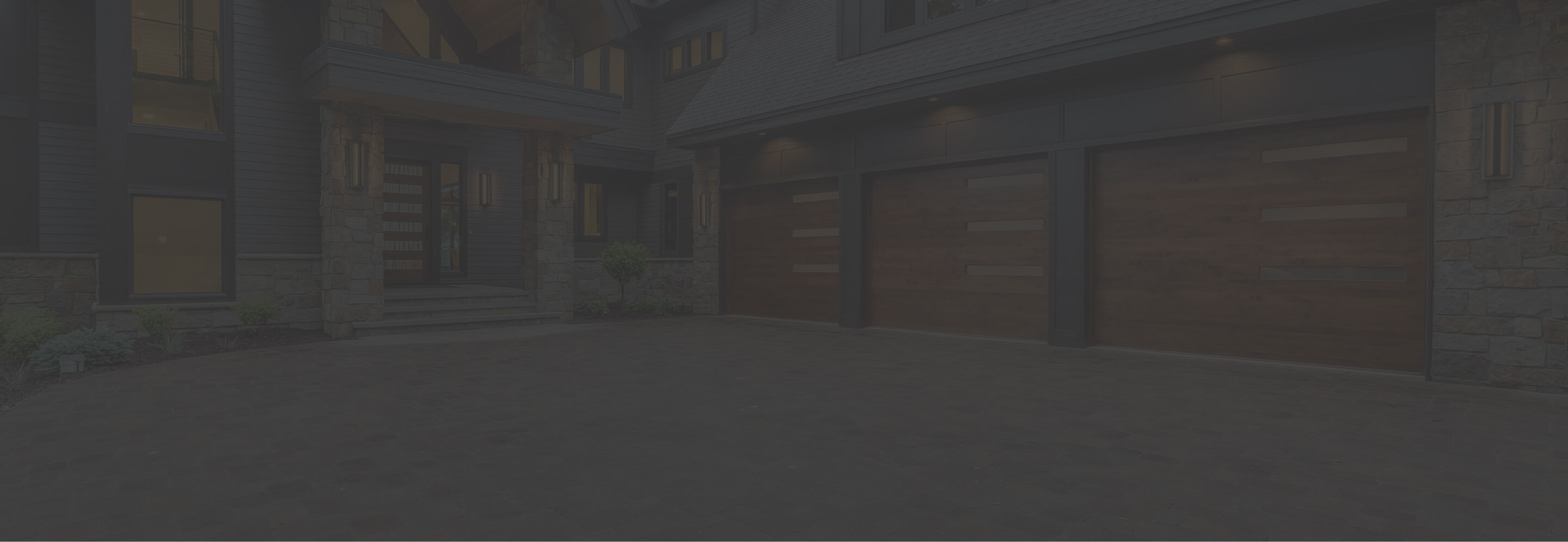

Garage Door Services in Southeast Charlotte
Trust Our Garage Door Company for All Your Needs
Garage door troubles can disrupt your daily routine, leaving your home vulnerable and your peace of mind at risk. At ProLift Garage Doors of Southeast Charlotte, we are your trusted local experts equipped to handle every aspect of garage door services, from repairs and installations to complete replacements. Our comprehensive suite of offerings ensures that whatever the problem, we’ve got the solution tailored to your needs.
When your garage door malfunctions, you need a fast and reliable service to safeguard your home and restore your sense of security. We proudly provide same-day emergency repairs with no service call fees on every service, ensuring you receive immediate assistance when it matters most. Our commitment to delivering an exceptional customer experience shines through with transparent upfront pricing and the expertise of our professional technicians, who are dedicated to resolving your garage door issues efficiently.
Our Experts Provide Reliable Garage Door Repairs
Garage doors often encounter issues such as misaligned sensors, broken springs, and doors going off track, which can significantly hinder their functionality. At ProLift Garage Doors of Southeast Charlotte, we provide a full range of services, from simple repairs to complete replacements, ensuring we can address any problem effectively. Our skilled technicians are on hand to restore your garage door's operation efficiently and safely.
In addition to emergency repairs, we offer tune-up services designed to maintain your garage door and help prevent future complications. This proactive approach positions us as your one-stop shop for all garage door needs, ensuring peace of mind with every service.
Say goodbye to garage door malfunctions! Submit a contact form to book your service today.
- Charlotte
- Indian Trail
- Locust
- Marshville
- Matthews
- Midland
- Monroe
- Oakboro
- Peachland
- Pineville
- Polkton
- Stanfield
- Waxhaw
- Wingate

-
Quality PartsWe use top-of-the-line components to deliver the best service.
-
Same Day ServicePrompt solutions all day. We're always here for you.
-
No Service Call FeesYou’ll only pay for the work, not the visit.





